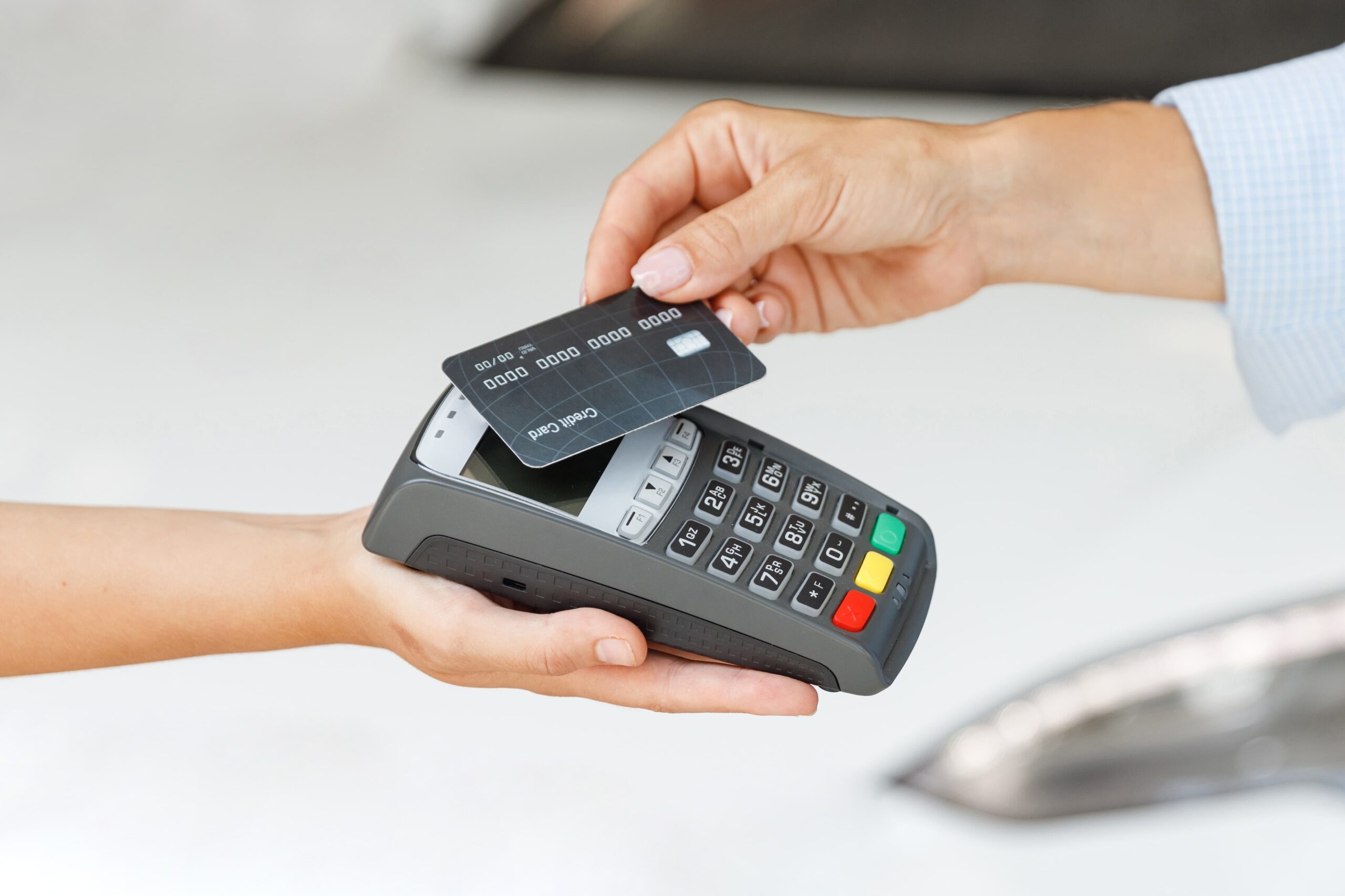The credit card industry has spread worldwide and it is inevitable to stop its influence. Having a card of your own can definitely make your life easier and that’s the reality. However, there are abbreviations used in the billing statement that we often fail to comprehend. The truth is that the credit card industry has its own language. As a credit card holder or a business owner it is wise to know and understand the meaning to be able to know the rates and fees of card you are using.
Although the credit card industry is one of the riches industries today, yet, without customers and merchant account providers it will not progress in the market. As a consumer and a merchant account provider it is your responsibility to know how the language used in the statement of bill. Once you know the meaning of each word you will understand immediately what your billing means at first glance. It doesn’t mean you have the money and you can pay anything, you would stop educating yourself. This can give you ease of pain and unexpected circumstances once you know each meaning and functions in sync with it.
The lists below are the common abbreviated words found in your billing statements.
- Transaction – TRANS
- Authorizations – AUTH
- Charge – CHG
- VISA – VS
- American Express – AMEX
- Billing Fee – STMT FEE
- Chargeback (CHGB) – is a procedure used by the bank who issues the card where it returns the disputed amount of money to the customer through the merchants transaction processor
- Bankcard not present – CNP
- Discount – DISC
- Address verification system (AVS) – method used to detect fraud through verifying the address of the customer within the US, once verified the merchandise is free to deliver to the customer.
- Location of sale (POS) – a customer checked out system, a terminal which transmit sales directly
- Qualified (QUAL) – this is associated with eligible rate, mid-qualified and non-qualified rate
If this is the first time to receive your monthly statement it is alright to be confused since you are not alone. The part of the statement that you should understand and needs careful checking is the finance section. In the finance section, check out the annual percentage rate, average daily balance, daily periodic rate and periodic finance charge.
Annual percentage rate (APR) means how much you are expected to pay your card issuer and how much interest rate you are paying. Once the APR increases it would mean that your monthly payment increases.
Average daily balance is used to add the balance left in the card everyday throughout the billing cycle and divided it to the total no of day in each cycle. Merchant account providers used it to apply interest in a daily basis. Daily periodic rate is used by merchant account providers to breakdown the annual percentage rate in a daily basis. Periodic finance charge is your overall finance charge for each billing cycle.
Examine your billing statement without being intimidated. If you have not own a card yet, call the nearest merchant account provider and enjoy the benefits and rewards invested for you. Learn how the credit card industry has made other’s life easier and it can happen to you too.






